Make it: a Tesseract from “A Wrinkle in Time”

A Wrinkle in Time is one of my family’s favorite books, so we’re pretty excited to see the movie. In the book, Madeline L’Engle describes a Tesseract as a way to understand the 4-dimension, and “tessering” is a central part of the plot. That makes this a great time for a kid-friendly project making a model of this mathematical concept.
In real life, a tesseract is a 4-dimensional shape also called a hypercube. The closest thing we can get to seeing one in our 3-dimensional world is by building a 3 dimensional representation of one (the equivalent of drawing a 3-D cube on a piece of paper), and it’s a fun project to open up a discussion of dimensions and math and physics with your child.
In the book, L’Engle explains that dimensions can be understood as:
- 1D = a line
- 2D = square (a plane)
- 3D = cube (a solid)
- 4D = tesseract (a hypercube)
This is also available in any kid friendly geometry website. There are a ton of good ways to understand this concept, and explain it to your child. Choose the explanation that suits you best, then follow the links to learn more:
- Give me the all equations: Wolfram MathWorld
- I’ll take some words in there with my math: Ask a Mathematician, and University of Pittsburgh:
- Just the words. Seriously. No math: Geek Mom
- A big nope to the words. I want images and videos: Check out Carl Sagan doing his thing, just a rotating image

Building the model is not hugely difficult, but choosing materials and deciding how to make the cube within the cube float is an fun experience in problem solving for most kids. You can build these with children of any age, and just add or subtract the amount of guidance and assistance based on how old the child is. I made these with preschoolers with a significant amount of guidance, and with tweens with only minimal help.
Materials:

Twenty-six long pieces of some sort and connectors. Be creative when considering materials. Below are some suggestions for materials:
- Toothpicks and marshmallows
- Straws and clay or play doh
- Chopsticks and tape or clay
- Craft sticks and glue or string
- Pretzel sticks and marshmallows (delicious!)
Dowels and hot glue
Make Your Tesseract
Step 1: Divide the long pieces into a group of 6, and a group of 12. Set aside your group of 12.
Step 2: cut 6 long pieces in half so you have 12 short pieces.
 Step 3: Make two squares using your short pieces. Use your connecting material on the corners to secure the corners of your squares.
Step 3: Make two squares using your short pieces. Use your connecting material on the corners to secure the corners of your squares.
Step 4: Use four of the remaining short pieces to connect the two squares to make a small cube.
Step 5: make two squares using the long pieces.
 Step 5: use four of the remaining long pieces to connect the two large squares to make a large cube.
Step 5: use four of the remaining long pieces to connect the two large squares to make a large cube.
Step 6: Carefully place the small cube inside the large cube so that it is in the center horizontally and vertically. Your child may need someone to hold this in place, or they can set your small cube on top of a box to elevate it so it’s in the center.
Step 7: Measure and cut the remaining sticks to connect  each corner of the small cube to its matching corner of the large cube (these sticks are showing in red on the diagram to the right). The finished product should look like the one pictured below.
each corner of the small cube to its matching corner of the large cube (these sticks are showing in red on the diagram to the right). The finished product should look like the one pictured below.
Step 8: (optional) decorate the cube with paint, stickers, markers, etc.
Be creative
You can make a hypercube with other materials by slightly altering the instructions. For example, a low temperature hot glue gun makes a hypercube that either looks other-worldly, or like it was built out of snot. Either way, you’re going to please somebody. To create a hot glue gun hypercube, you would make a large and small cube by layering the glue on a large piece of parchment paper. Fingernail polish is a handy tool for coloring the hot glue hypercube (again, color choice will skew results toward or away from it looking like phlegm), Encourage your child to look around, and find something else cool to use.
For an additional challenge, your child can research and create a more complex projection of a hypercube. These are more challenging create in a three dimensional space, and can be more interesting.

Alternatively, brainstorm with your child about what a cube looks like unfolded (print and cut out one here), and consider what an unfolded hypercube looks like (here’s an explanation).
*Note: This page has a more detailed set of hypercube model instructions if you need less wiggle room.
*All images are from wikimedia commons or made by deek
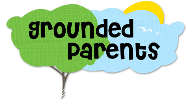

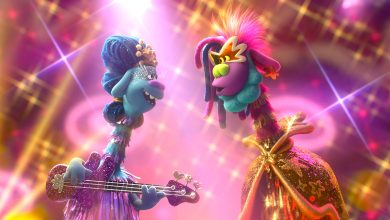
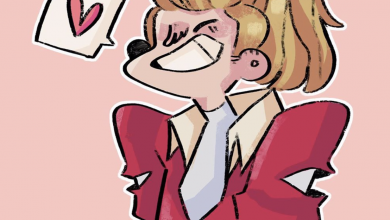
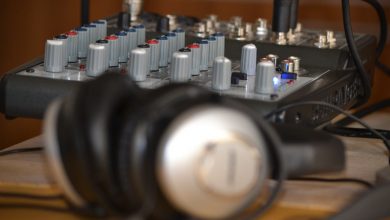
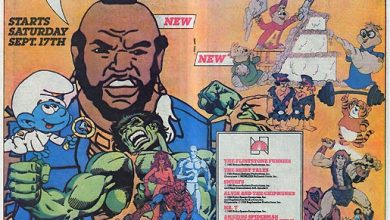
This proves how much of an influence the book had on time travel: In Chrono Cross (Yeah, I know, the Chrono Trigger fandom prefers to think of it as apocryphal for a number of reasons.) the area where dead timelines (either because of time travel or conscious decisions by people in that time) go is known as the Tesseract. Your final battle is actually there, where you fight Lavos. (Yeah, the final boss from Chrono Trigger. Again.) Well, not so much “fight” as “play a song”.
I preferred when he was just an alien virus infecting planets.